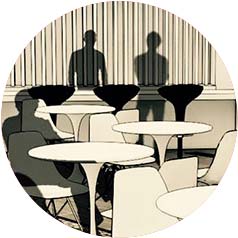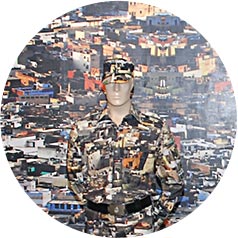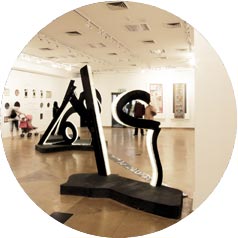Emotionally yours… Kolkata
Possibly inspired by the recent success of “make over” reality television shows, the chief minister of West Bengal, Mamata Banerjee, expressed a desire to convert Kolkata to London! While those with trepid imaginations envisage “Monster House“ being replaced by “Monster City”, with competitive teams working against the clock to build the city, circles of planners and architects raise their brows in cynical arches to ask “how”? I will take one step back and ask “why”?
Why London? Is it a colonial hangover? Or because, despite her change in name and frequent attempts to deny her past, Kolkata still feels like a woman scorned? Shunned by her colonial masters after almost 300 years of being their prime abode for the sandstone skirts of the new capitol in Delhi. It happened exactly a century ago and yet it seems like the city never really recovered from the shock of being unceremoniously discarded for the new “babe on the block”. Instead of rising to the challenge, she seemed to have tortured herself into both bitter denial and then into regression.
Famine, war and migration became her excuses as she withered behind the sepia tints of her historic facades that seeped into the frames of Satyajit Ray films. Memory, layers upon layer of it, made it impossible for any image of Kolkata to be untainted by nostalgia or, despite her recent interludes with modernity in the form of the Metro and the City Centre mall by Charles Correa, to visualise Kolkata as anything other than a stagnating version of Calcutta. She seems to have condemned herself to live in the past and dream of the future but in a life without a present.
The city that was once the heartbeat of Indian modernity, progress, art and culture: the city that gave us not one but three Nobel Laureates in Tagore, Mother Teresa and Amartya Sen, today is being thought unfit of even keeping its own identity! An identity often misunderstood as being a construct of buildings and urban networks, but one which lies in the hands that build it, the people that inhabit it and the lives lived in it. All Kolkata, needs to be is quintessentially Bengali!
The urban strategy for her revival lies not in a practical notion but in her own emotion. The edge of her river needs an urban design that reflects the rhythms of the boatmen who sway on the Hooghly, her streets and avenues need to be lined with the shades of Tagore’s poetry. Her transport networks need the seamless drama trapped in the drapes of a sari. Her shanties need to become housing, her bridges need to become symbols. All the honourable chief minister needs is to implement one of the above — a single catalyst to trigger the domino effect of change. A single image that allows the “Kolkatawallah” to believe in Kolkata.
Before plans are carved across her body and she is shackled in comparisons with a European city today, a Chinese counterpart tomorrow or even an American analogy the day after, Kolkata needs to realise her own weaknesses, to strengthen them, and to turn its strengths into aspirations. While the process may seem like a tedious trial by fire, it is one that is necessary to rise from the ashes of her erstwhile self.
— Suparna Bhalla
Published on June, 18th 2011




























